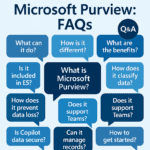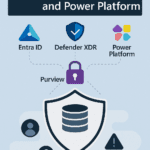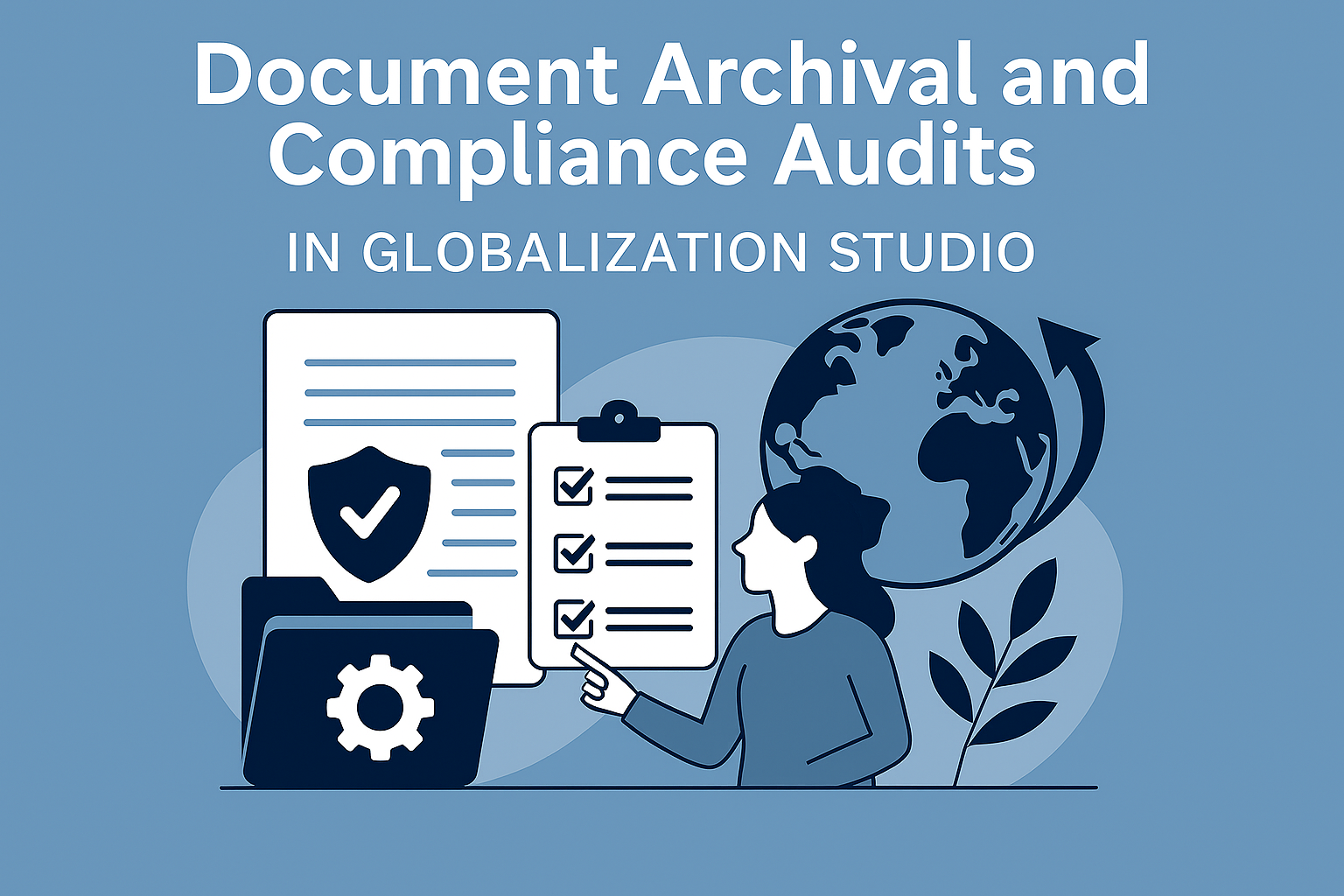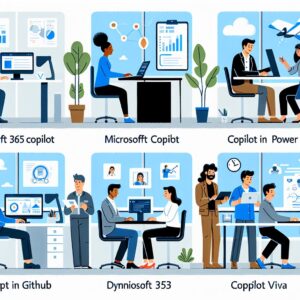

MH503 – Exploring Integration Strategies for Dynamics 365FO MHAX and External WMS: Tools, Services, and Best Practices
Table of Contents
ToggleIntroduction
Integrating D365FO with an external on-premises web-hosted, cloud hosted External WMS system via API requires leveraging various tools and services to ensure secure, reliable, and efficient communication between the systems. Here are the different well-known tools and services available for this integration:
Integration Tools and services
| Integration Option | Use Cases | Limitations | Cost | When to Choose |
|---|---|---|---|---|
| Data Management Framework (DMF) | – Bulk data import/export – Scheduled data synchronization | – Not suitable for real-time integration – Complex setup for frequent data updates | Low | – When you need periodic data sync (e.g., nightly batch jobs) – When real-time data isn’t critical |
| OData | – Real-time querying/updating of data entities – Simple integrations | – Limited to CRUD operations on data entities – Performance issues with large datasets | Low | – When you need real-time access to specific data – When the integration is relatively simple |
| Custom Web Services (SOAP/REST) | – Complex logic or transactions – Customized API needs | – Development-intensive – Requires maintenance and updates | Medium | – When integration requires custom business logic – When existing services are insufficient |
| Azure Logic Apps | – Event-driven workflows – Integration with multiple systems | – Requires a reliable internet connection – May involve latency in processing | Medium | – When you need automated workflows – When the integration involves multiple systems |
| Azure Service Bus | – Asynchronous messaging – Decoupled systems | – Not suitable for real-time, synchronous operations – Complexity in message handling | Medium | – When integration requires decoupling of systems – When systems need to communicate asynchronously |
| Azure API Management (APIM) | – Secure API exposure – Monitoring and analytics | – Adds complexity – Requires internet for cloud access | Medium | – When you need to manage and secure APIs – When you want to track and analyze API usage |
| Custom Middleware | – Complex, multi-step integrations – Data transformation and validation | – High development and maintenance costs – Requires specialized skills | High | – When integration is highly complex – When existing tools cannot meet specific integration needs |
| Power Automate (Microsoft Flow) | – Low-code automation – Simple workflow-based integration | – Limited customization – Not suitable for complex or high-volume integrations | Low | – When you need to automate simple workflows – When you want a quick, low-code integration solution |
Cost: The costs mentioned (Low, Medium, High) are relative and include factors like licensing, development time, and operational overhead. Azure services typically involve pay-as-you-go pricing, so costs can scale depending on usage.
In this series, we will deep dive into integration with logic apps with consumption model. It is important to take a note of below comparison table to make decision for your integration.
Azure logic App Consumption vs Standard
| Criteria | Azure Logic Apps Consumption | Azure Logic Apps Standard |
|---|---|---|
| Use Case | – Ideal for lightweight, infrequent workflows. – Quick automation tasks with limited steps and connectors. – Event-driven scenarios where you pay only for usage. | – Suitable for complex, high-throughput workflows. – Scenarios requiring VNET integration, private endpoints, and higher security. – Workflows needing local execution or running in isolated environments. – Enterprise-level integrations requiring stateful or stateless workflows. |
| Pros | – Pay-per-use model: Cost-effective for low-frequency tasks. – Quick setup: No need to provision infrastructure. – Wide connector support: Access to many built-in connectors. – Managed service: Handles scaling automatically. | – Predictable pricing: Can be more cost-effective for high-frequency workflows due to fixed pricing. – Performance: Better suited for large-scale, mission-critical operations. – Custom connector support and better integration options. – Networking options: Supports VNET integration and private endpoints. – Enhanced control: More control over hosting, execution, and workflow deployment. |
| Cons | – Cost: Can become expensive with high-frequency workflows. – Limited features: Lacks advanced networking and control features. – Cold starts: Potential delays due to cold starts for infrequent workflows. – Limited to public endpoints: Cannot integrate directly with private networks. | – Complexity: Requires more setup and management. – Higher upfront costs: Requires provisioning resources, leading to potential higher costs for low-frequency workflows. – Learning curve: More features and options can add complexity. |
| Cost | – Pricing Model: Pay-per-execution. – Actions: Pay per action and connector usage. – Triggers: Pay per trigger execution. – Integration Account: Extra charge if needed. – Estimate: Costs can be very low for infrequent use, but can scale with increased usage. | – Pricing Model: Pay-per-logic app plan (fixed cost). – Actions: Included in the fixed cost (depending on the SKU). – Triggers: Included in the fixed cost. – Integration Account: May be included depending on the SKU. – Estimate: Predictable monthly cost, potentially lower than Consumption for high-frequency workflows. |
Conclusion
Choosing the right integration option depends on the specific needs of your integration scenario, such as the complexity, data processing requirements, and the level of customization needed. For simple, real-time data access, OData or Power Automate might suffice. For more complex, event-driven workflows, Azure Logic Apps or Custom Web Services are better suited. Azure API Management is ideal when security and monitoring are priorities, while Custom Middleware is the solution of last resort for the most complex integrations.
Expand Your Knowledge: See More Material Handling Blogs
I am Yogeshkumar Patel, a Microsoft Certified Solution Architect and ERP Systems Manager with expertise in Dynamics 365 Finance & Supply Chain, Power Platform, AI, and Azure solutions. With over six years of experience, I have successfully led enterprise-level ERP implementations, AI-driven automation projects, and cloud migrations to optimise business operations. Holding a Master’s degree from the University of Bedfordshire, I specialise in integrating AI with business processes, streamlining supply chains, and enhancing decision-making with Power BI and automation workflows. Passionate about knowledge sharing and innovation, I created AI-Powered365 to provide practical insights and solutions for businesses and professionals navigating digital transformation. 📩 Let’s Connect: LinkedIn | Email 🚀




















Post Comment